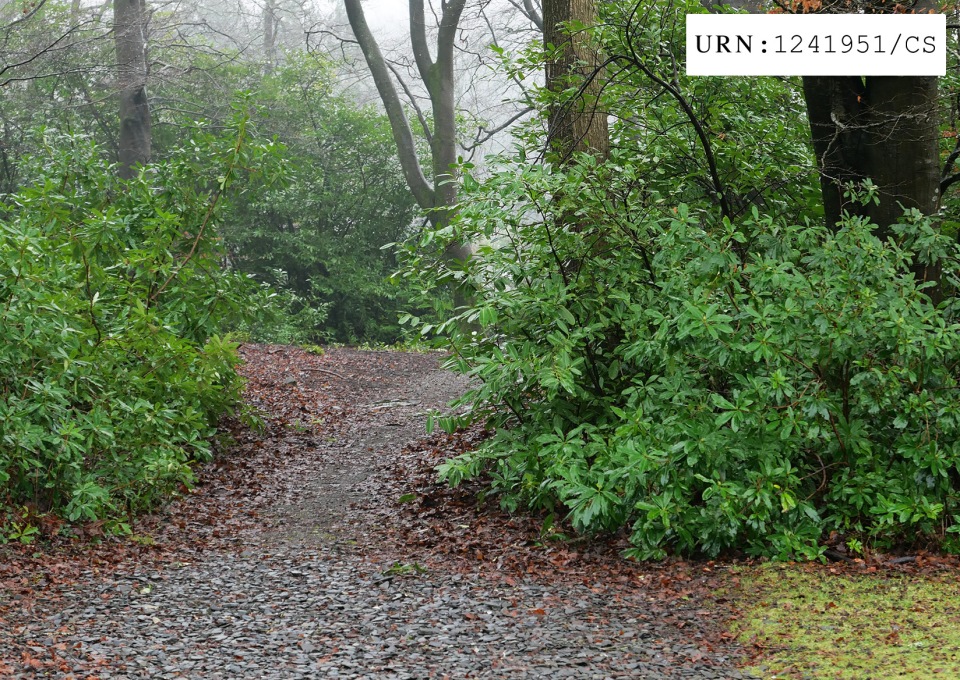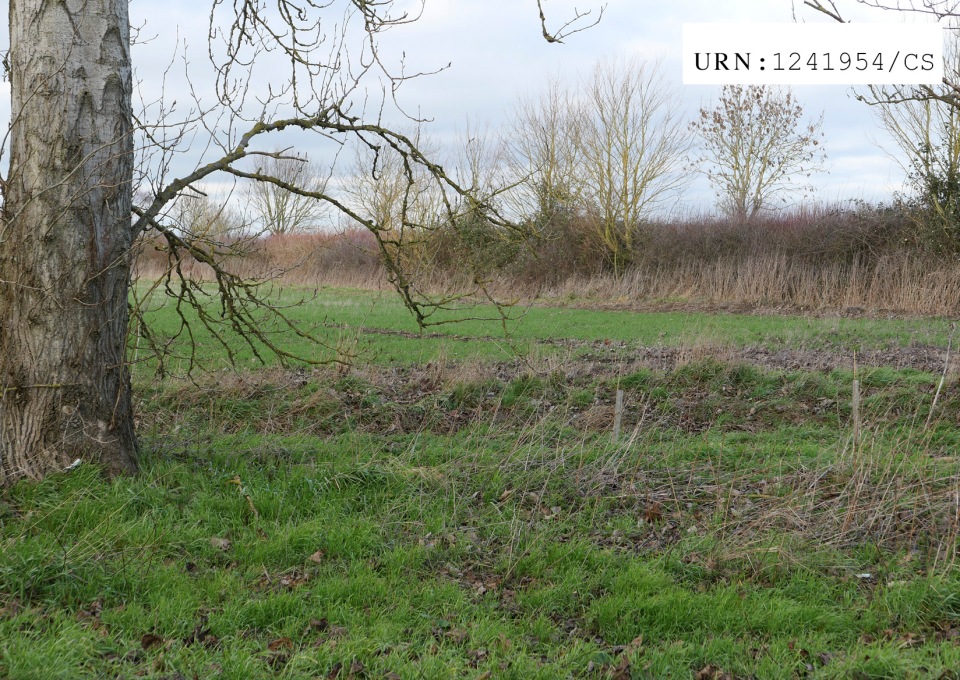Statement of Intent
Between 1989 and 2001, I worked for a UK police force as a criminal analyst. During that time I viewed hundreds of crime scene photographs. Some of those images have stayed with me and even now similar views trigger their recall. They challenge the idea of the picturesque landscape and urban photography whilst hinting at the historical dark sublime.
These images are not the more graphic scenes as one might expect, but the relatively banal, and possibly even picturesque images that hide the real story.
I remember these images due to their unfolding slow presentation of the events, leaving the imagination to piece the story together like an unwanted nightmare.
For some of them, I did see the original location often a long time after the event. It is the original photos, subsequent triggers and in some cases the original location that make up the memory that these images have been created from.
It is the memory of these original images that I am re-creating in this work. As individual images they represent an event. As a series they are a metaphor for this type of crime, representing the steps from the beginning to a place of no return to the end of the crime and in every case the end of a life.
The memories will undoubtedly change, but they are my current personal memories of these original photographs and are therefore to an extent biographical in their differences from the original. They are also a testament to the victims in such that they are not forgotten.
I have made the decision not to include the statement of intent in the book. I want people to initially experience their own feelings and emotions and not be influenced by knowing details of the reasons behind the work. I have added some information at the back of the book relating to when I first viewed the original images, when they were taken and when I took the images included in the book.
Gallery of Final Images
Video of physical photo book
Digital flip book presentation link:
Final SDP Padlet link:
https://oca.padlet.org/janet522497/project-10-final-sdp-n3wcb20uptyhlxgn







